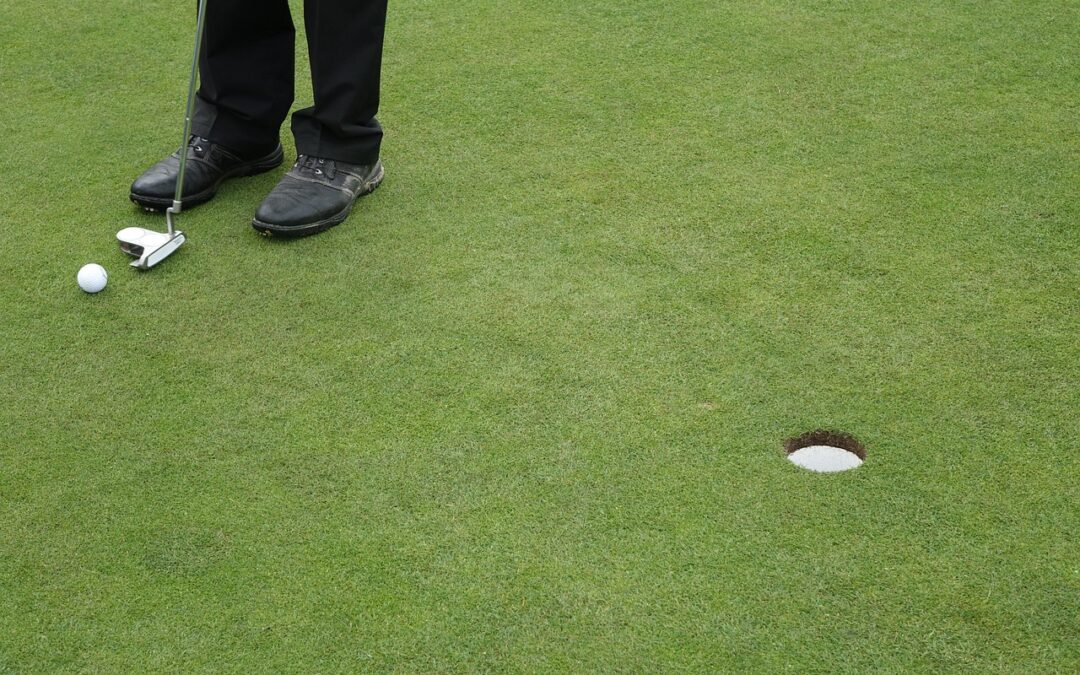Contents
- 1 Transforming Golf Course Landscapes: A Comprehensive Guide to Landscaping Materials
- 1.1 TL;DR
- 1.2 Section 1: Understanding the Importance of Landscaping Materials
- 1.3 Section 2: Types of Landscaping Materials for Golf Courses
- 1.4 Section 3: Selecting the Right Turfgrass
- 1.5 Section 4: Bunker Sand and Soil
- 1.6 Section 5: Embracing Sustainable Landscaping Practices
- 1.7 Section 6: Enhancing Aesthetics with Mulch and Rock
- 1.8 Section 7: Choosing a Professional Landscaping Contractor
- 1.9 Call to Action
Transforming Golf Course Landscapes: A Comprehensive Guide to Landscaping Materials
Imagine stepping out onto a pristine golf course, surrounded by lush fairways and meticulously manicured greens. These picturesque landscapes aren’t just a stroke of luck; they’re the result of careful planning and selecting the right landscaping materials.
TL;DR
Whether you’re a golf course superintendent or a homeowner looking to enhance your backyard, this guide will help you choose the perfect landscaping materials for your project, ensuring a stunning and functional space for years to come.
Section 1: Understanding the Importance of Landscaping Materials
The materials you choose for your golf course landscaping play a crucial role in shaping the aesthetic appeal, functionality, and overall performance of the course. They can influence everything from drainage and water retention to the playability and safety of the greens.
Section 2: Types of Landscaping Materials for Golf Courses
The variety of landscaping materials available for golf courses is vast, including:
- Turfgrass: Different varieties of turfgrass are used to create the greens, fairways, and roughs, each with unique characteristics and maintenance requirements.
- Sand: Sand is essential for bunkers, providing a consistent and challenging playing surface.
- Soil: The type and quality of soil beneath the turfgrass impact drainage, root development, and overall health of the course.
- Mulch: Organic materials like mulch help retain moisture, suppress weeds, and enhance the soil structure.
- Rock and Stone: Rock and stone can be used to create stunning features such as water hazards, bunkers, and tee boxes, while also controlling erosion.
Section 3: Selecting the Right Turfgrass
Choosing the right turfgrass for your golf course is crucial. Factors to consider include:
- Climate and soil conditions: Choose a grass species that thrives in your local climate and soil type.
- Maintenance requirements: Consider the amount of watering, mowing, and fertilization required.
- Playability: Some grass varieties are better suited for putting greens, while others are more durable for fairways.
Section 4: Bunker Sand and Soil
Bunker sand should be clean, consistent, and well-drained to provide a fair and playable experience. Soil beneath the turfgrass needs to have good water drainage and aeration to promote healthy root development.
Section 5: Embracing Sustainable Landscaping Practices
Sustainability is becoming increasingly important in golf course landscaping. Practices such as:
- Water-efficient irrigation: Using drought-tolerant turfgrass and efficient irrigation systems to minimize water consumption.
- Organic mulches and fertilizers: Using organic materials to improve soil health and reduce chemical usage.
- Integrated pest management: Using natural methods to control pests and diseases, minimizing the impact on the environment.
Section 6: Enhancing Aesthetics with Mulch and Rock
Mulch can add color, texture, and interest to the golf course. Rock and stone can create dramatic features and enhance the overall aesthetics.
Section 7: Choosing a Professional Landscaping Contractor
Working with a professional landscaping contractor is crucial for ensuring the success of your golf course project. They have the expertise, equipment, and knowledge to:
- Design and install the right landscaping materials: They will help you select the right materials based on your specific needs and requirements.
- Maintain the course: They can provide ongoing maintenance to keep your golf course looking its best and performing optimally.
- Provide expert advice: They can offer valuable advice on turfgrass management, bunker maintenance, and sustainable practices.
Call to Action
Choosing the right landscaping materials for your golf course project can elevate your course to new heights. By working with a professional landscaping contractor, you can create a stunning, functional, and sustainable golf course that will delight golfers for generations to come.

